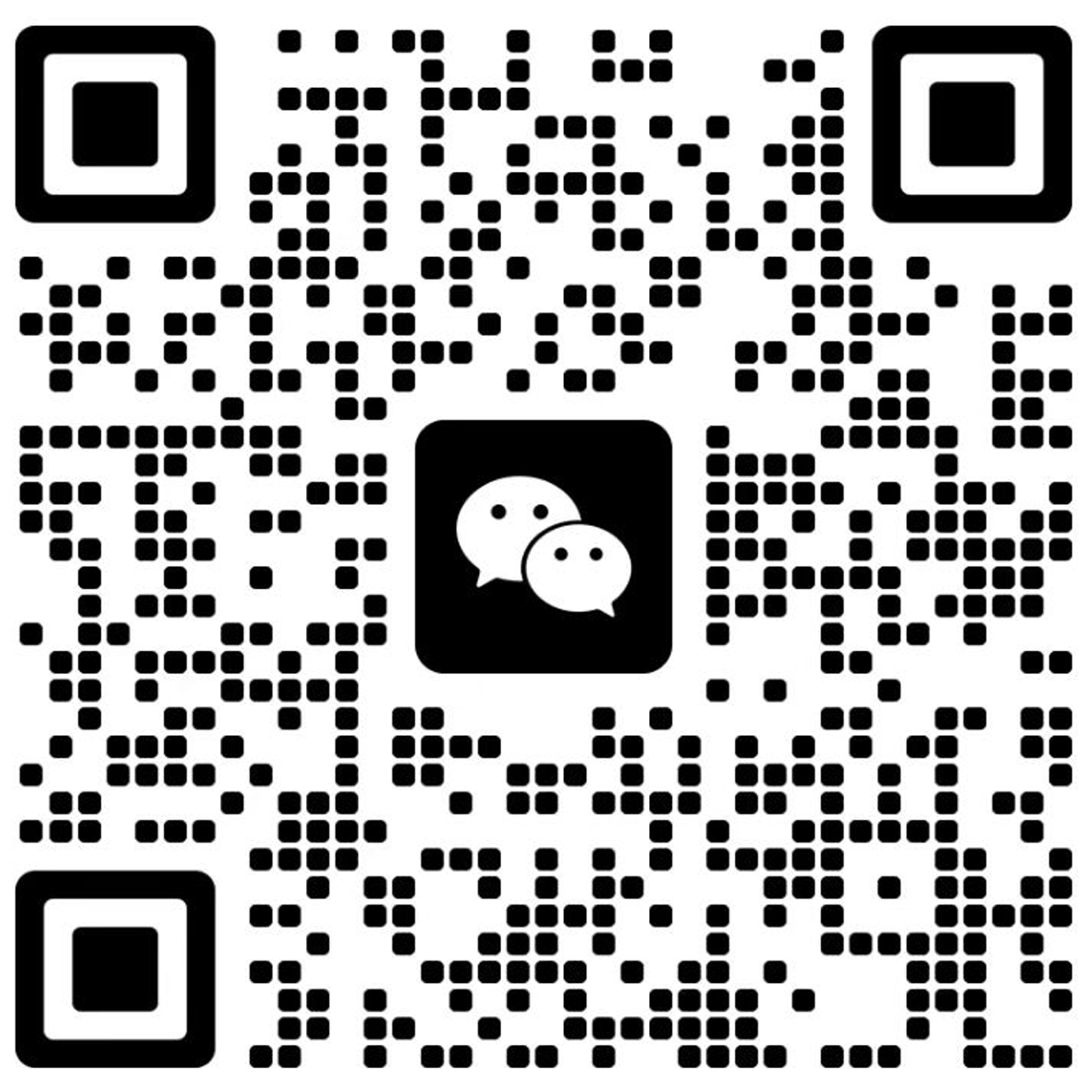- About us
- Contact Us
- Site map
- Language:中文English
In today's prevalence of DIY personalized customization, ordinary screen printing products with cumbersome steps and long waiting times can no longer meet people's needs, and UV crystal labels have emerged.
This kind of instant use process, similar to adhesive labels, can achieve the ability to tear off the film and leave text without leaving any residue, combining three-dimensional sense and glossiness. It quickly becomes a big star in the advertising customization industry as soon as it appears.
For such a new environmentally friendly process
Many bosses have also raised such questions
How many processes are there for crystal labels?
Which process is the best?
Why is it popular in the market
The three major processes of crystal labels
Firstly, let's understand the production process of crystal labels, which can be divided into three categories: screen printing glue, nozzle printing glue, and AB film process.
Screen printing adhesive process
In fact, the crystal label technology appeared a long time ago, and the popular technology in the early years was screen printing.
It requires a series of tedious processes such as film production, screen printing, and printing placement. Making an A3 sized screen version costs approximately 80 yuan and takes about half a day. Different images require
different online versions, resulting in higher overall costs.
Digital adhesive technology
This process can also be called direct spray glue process, which requires an additional crystal label dedicated glue nozzle.
On UV printing equipment, the glue, white ink, pattern, gloss, etc. are sequentially molded and printed on special PP release paper in one go,
covering and transferring the film.
Its advantage is that it can be directly applied to paper materials, but the adhesive solution process is complex and requires high adhesive requirements. It is recommended to be used on products with short time requirements or disposable products.
AB membrane process
On UV printing equipment, white, color, gloss, etc. are sequentially formed and printed on adhesive film A in one go,covering film B for transfer.
This not only saves time and cost of screen opening, but also saves the cost of UV printer nozzle configuration.
Relatively speaking, AB membrane is a more cost-effective process. The disadvantage is that it is not recommended to stick it on soft materials, otherwise the firmness and durability will be significantly reduced.
This not only saves time and cost of screen opening, but also saves the cost of UV printer nozzle configuration.
Relatively speaking, AB membrane is a more cost-effective process. The disadvantage is that it is not recommended to stick it on soft materials, otherwise the firmness and durability will be significantly reduced.

Mingke Crystal Label adopts AB film technology, with strong adhesion, strong relief feeling, and a full sense of luxury
After all, what suits oneself is the best.
 WeChat customer service
WeChat customer service